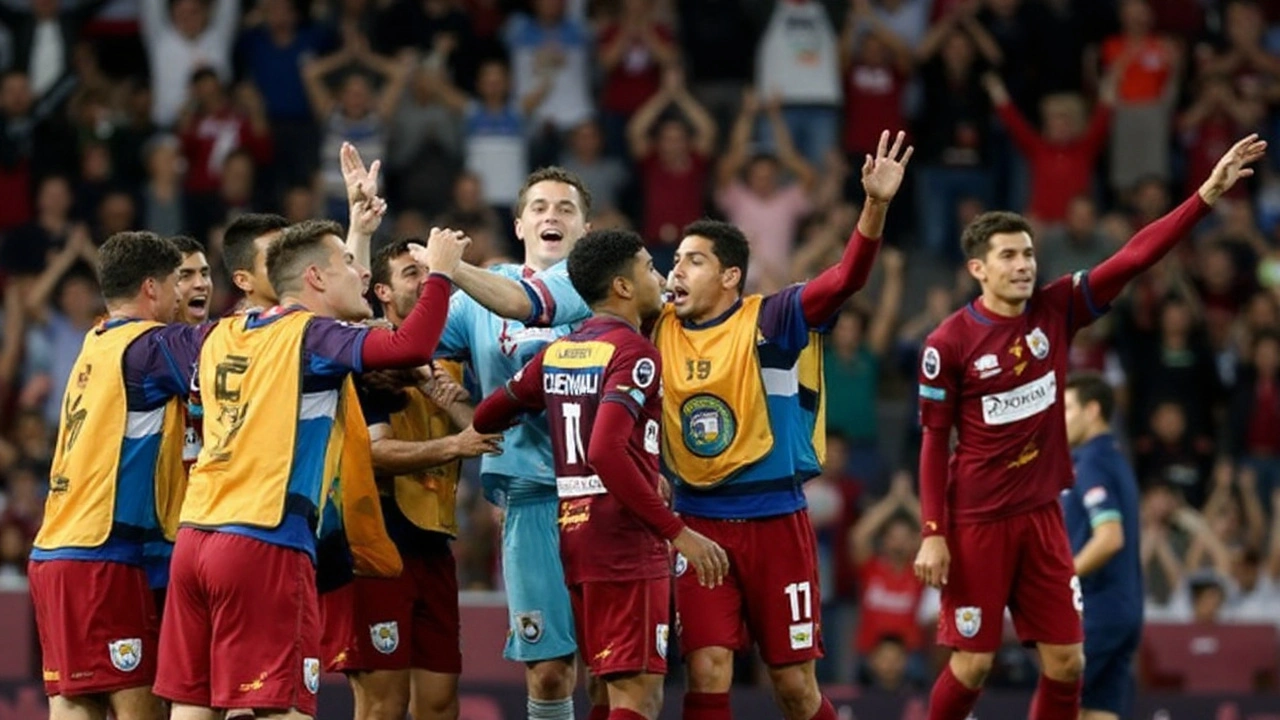Copa Sudamericana: The Heartbeat of South American Club Football
When talking about Copa Sudamericana, the continent’s second‑tier club tournament organized by CONMEBOL, it’s easy to overlook how much drama it packs. Also known as the South American Cup, this competition gives clubs from Argentina, Brazil, Uruguay, Colombia, and other nations a chance to shine on an international stage.
The tournament’s structure requires teams to navigate a mix of group phases and knockout rounds, a format that encompasses both home‑and‑away legs and a final played at a neutral venue. Because of this, CONMEBOL, the governing body for football in South America, can ensure a balanced schedule across the continent’s massive travel distances. Copa Libertadores, the region’s top‑tier competition, often influences who drops into the Sudamericana, creating a fluid hierarchy where success or failure in one tournament directly affects qualification and seeding in the other. This interconnectedness makes every match feel like a stepping stone toward greater glory.
Why the Copa Sudamericana Matters to Fans and Clubs
For many clubs, winning the Sudamericana is a ticket to the next season’s Libertadores, a reward that can reshape a team’s financial outlook and recruiting power. The prize money, while modest compared to European tournaments, still provides a crucial boost for clubs operating on tight budgets. Moreover, the competition has a reputation for producing unforgettable moments—underdogs knocking out giants, last‑minute goals, and a passionate fan culture that spills onto the streets of Buenos Aires, Rio de Janeiro, and Medellín. These stories illustrate how the tournament not only showcases talent but also fuels local rivalries and national pride. The experience of playing in diverse stadiums, often at high altitudes, also tests a squad’s tactical flexibility and stamina, giving coaches a real‑world lab to experiment with formations and player rotations.
When you dive into the history of the Copa Sudamericana, you’ll notice patterns that link club success to broader football trends in South America. Argentine sides have historically dominated early editions, but Brazilian clubs have closed the gap in recent years, reflecting the evolving balance of power on the continent. This shift mirrors changes in domestic league structures, investment levels, and youth development programs. In short, the tournament acts as a barometer for the health of South American football, offering insights into which nations are nurturing the next generation of stars.
Below, you’ll find a curated set of stories that cover everything from match‑day analysis and streaming tips to player spotlights and economic impacts tied to the Copa Sudamericana. Whether you’re a casual fan looking for the next big upset or a coach hunting tactical ideas, the collection gives you a front‑row seat to the competition’s ever‑changing narrative.
Ready to explore the latest headlines, deep‑dive features, and expert commentary? Scroll down to see the full lineup of articles that bring the excitement of the Copa Sudamericana straight to your screen.
Lanús clinches dramatic penalty shootout win and ousts Fluminense to reach Copa Sudamericana semifinals
Lanús survived a nerve‑wracking penalty shootout to eliminate Central Córdoba and then beat Fluminense 2‑1 on aggregate. Marcelino Moreno's early strike gave the Argentine side a first‑leg edge, while Dylan Aquino's late goal sealed the tie at the Maracanã. The match was marred by a half‑time stand disturbance, yet Lanús held firm. The victory sends them to their first Sudamericana semifinal in years.

